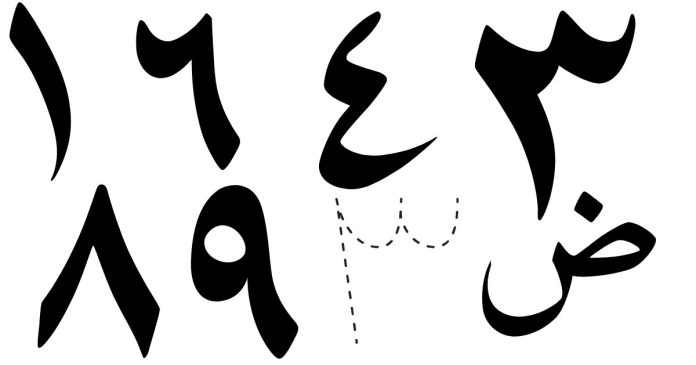What is the Arabic Numeral for XXIX?
Roman numerals are a numeric system that originated in ancient Rome and use combinations of letters from the Latin alphabet to represent values. When converted to modern numbers, known as Arabic numerals, they provide a way to understand these ancient figures in the context of today’s numeric system.
So, what is the Arabic numeral for XXIX? Let’s break it down.
Understanding Roman Numerals
Roman numerals are based on the following primary symbols:
| Roman Numeral | Value |
|---|---|
| I | 1 |
| V | 5 |
| X | 10 |
| L | 50 |
| C | 100 |
| D | 500 |
| M | 1,000 |
Numbers are formed by combining these symbols, and their values are either added or subtracted based on their position.
Breaking Down XXIX
- First Part: “XX”
- The symbol X represents 10.
- XX is the sum of two tens: 10+10=2010 + 10 = 20.
- Second Part: “IX”
- I represents 1, and X represents 10.
- When a smaller numeral precedes a larger numeral, the smaller value is subtracted from the larger one.
- IX is calculated as 10−1=910 – 1 = 9.
- Combining Them
- The value of XX (20) is added to IX (9):
20+9=2920 + 9 = 29.
- The value of XX (20) is added to IX (9):
Final Answer
The Arabic numeral for XXIX is 29.
Why Is This Important?
Understanding Roman numerals is useful in various contexts, including:
- Reading historical documents, clocks, or monuments.
- Interpreting numbered sequences in books, movies, or events (e.g., Super Bowl XXIX).
- Appreciating the numerical systems of ancient civilizations.
Roman numerals, though largely replaced by Arabic numerals in everyday use, remain a significant part of cultural and historical literacy.
So next time you see XXIX, you’ll know it represents the number 29!


